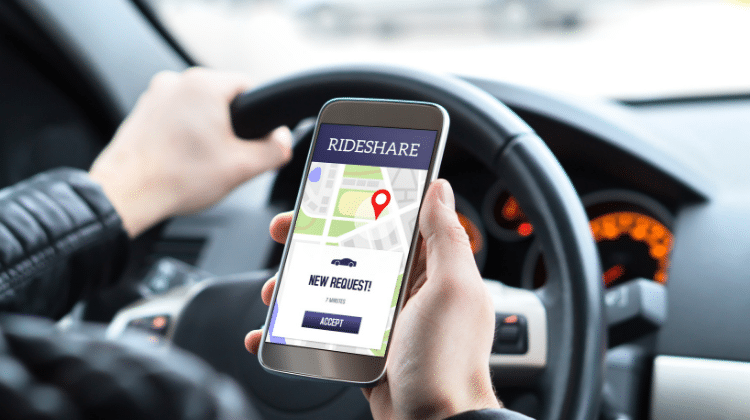
Brought to you by Ridecell:
All three of Uber’s owners are male. Uber’s main competitor, Lyft, has two male founders. Both Uber and Lyft boast users of both sexes, but over 86% of drivers are male. Plus, male drivers earn about 7% more than female drivers. Meanwhile Zipcar, the largest organization in carsharing, boasts two female founders, Robin Chase and Antje Danielson, yet carsharing is notoriously low on female users across the board.
Everyone needs transportation — so why are the ride- and carsharing industries so disproportionately male?
New research indicates that long-established gender roles are affecting how women use ride- and carsharing services. Because it’s becoming ever more likely that ride- and carsharing are the future of transportation, women are once again beginning to fall behind from their unequal benefit from this resource. Therefore, it’s imperative that women — especially women entrepreneurs — understand the problem and work to stop it before lasting damage occurs.
Why Women Don’t Share
As mentioned above, gender roles are believed to be a primary reason that women aren’t participating as actively in some ride- and carsharing. This is especially the case in terms of the low rates of female participation in carsharing. One study focusing on carsharing use in Germany argues that it is not employment status — as men and women have near-equal employment rates in Germany — but rather that women remain disproportionately responsible for home and child management, which dramatically affects women’s transportation needs.
Specifically, women create “chain trips” more than men do. Instead of heading directly home from work, women will stop at a childcare facility to pick up kids, at the grocery store to get food for dinner, at the dry cleaner to drop off work clothes, and so on. This makes ridesharing essentially impossible and carsharing difficult, considering the amount of stops necessary to complete these errands successfully. Meanwhile, men typically go on single trips, from the office to home and back or from home to the grocery store and back — plus, they don’t expect to carry anything extra, like pets, children, laundry, and the like.
Even among women without children and families to care for, ridesharing is always a risk. Just as most women would never even consider hitchhiking because it can be dangerous, plenty of women opt not to ride alone in rideshares because of the threats posed by being unaccompanied in a stranger’s vehicle. In nearly every way, passengers are at a driver’s mercy. Similar dangers are posed to women who choose to drive for Uber or Lyft — they could easily be harassed or assaulted by passengers, and when driving at night or for inebriated passengers, the risks for women drivers increase.
Fortunately, knowledge of the problem is always the first step to solving the problem. Now that there is greater awareness of women’s struggles in this area, people can work to end them.
How to Get Women in the Driver’s Seat
As is the case with most gender-related issues, inequalities won’t stop until everyone recognizes that women are equal and everyone assumes their fair share of responsibilities and provides equal compensation for those responsibilities. However, there are several things that companies in the ride- and carsharing industry can do to make their services more inclusive.
The same German study that identified chain trips as a primary factor in how women use (or don’t use) carsharing also interviewed women about what would increase their likelihood of participating in the industry. There were three main responses:
- More nearby cars. Because women often have items like strollers, groceries, and children in tow, having a car close is incredibly important.
- Child-friendly features. Having car seats available in shared cars is extremely beneficial. However, women also need features like conversation mirrors, voice enhancement, and hands-free doors.
- Easy clean-up. An important aspect of carsharing is keeping vehicles clean, but women travel with so much stuff that carshares should make cleanup easy, offering on-board vacuums and similar features.
It’s more than likely that ride- and carsharing services won’t change until they see more women in positions of power — which means female entrepreneurs should stand up and be the change. Already, a few transportation startups are creating rideshares that are more female-friendly with women-only drivers, thorough driver vetting with background checks, in-app emergency calls, and more.
When gender roles dissolve, markets open up, and everyone benefits from available services. It’s time for it to happen in the ride- and carsharing industries.